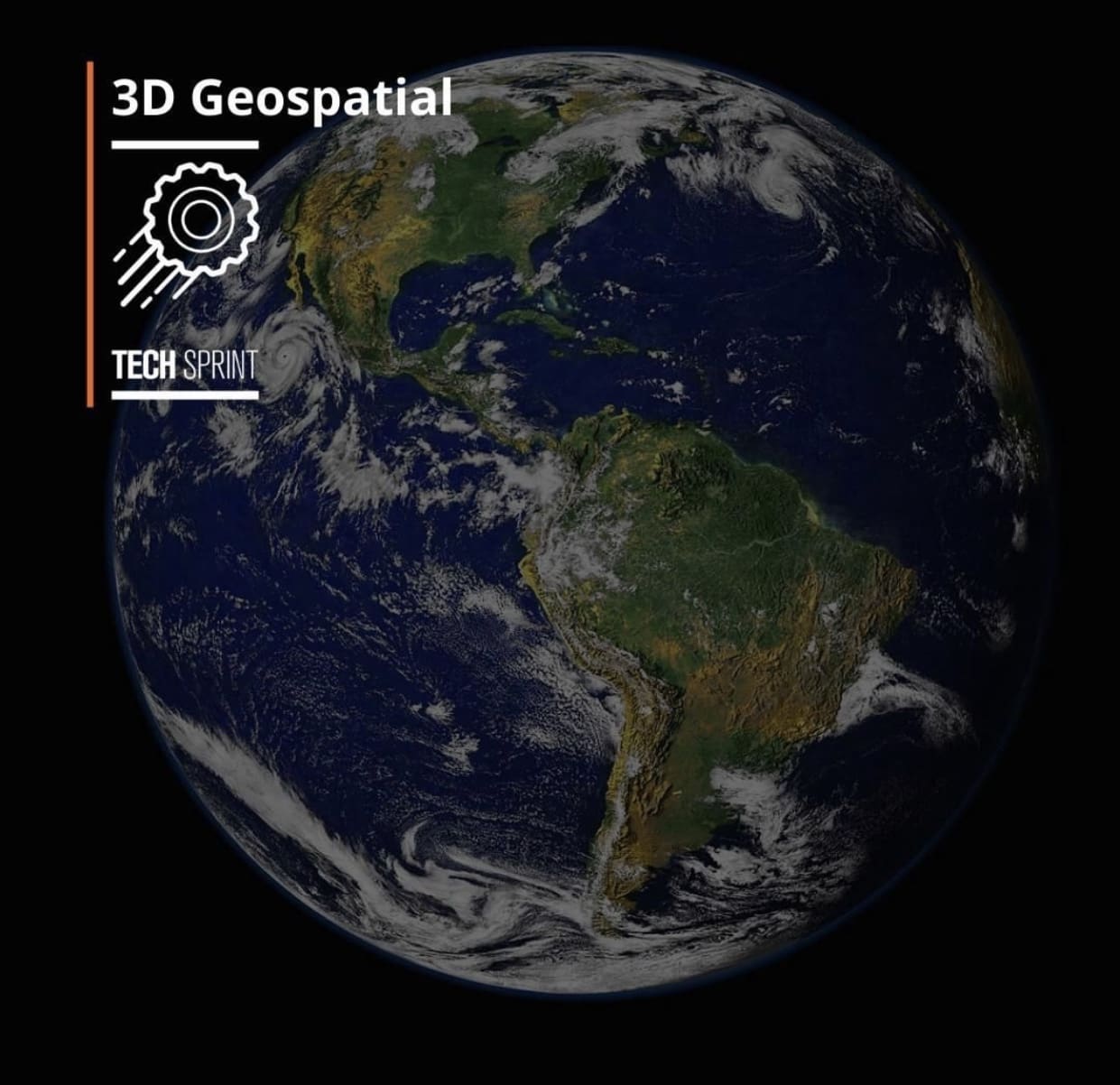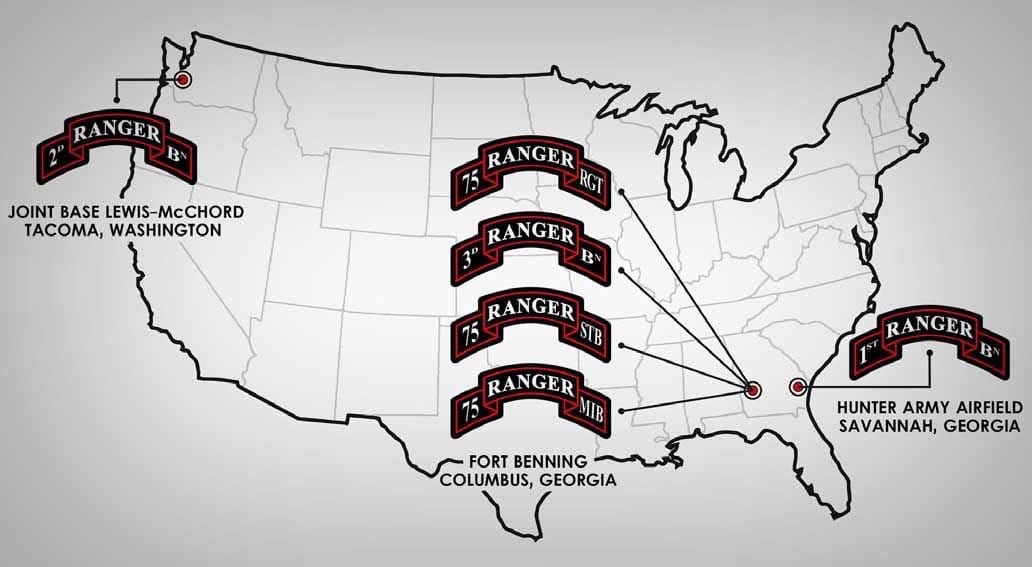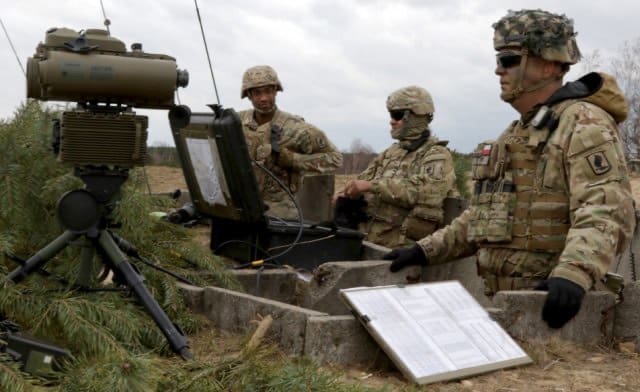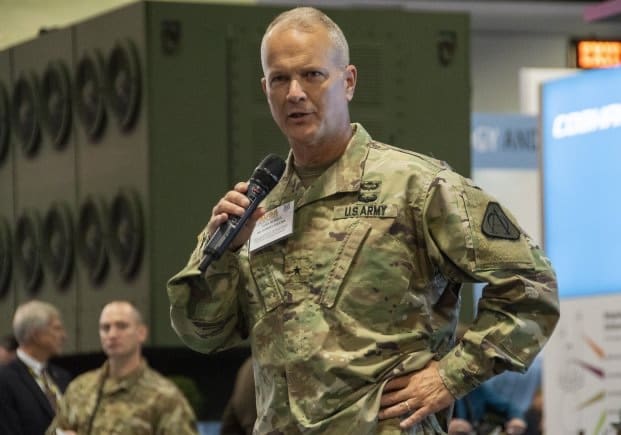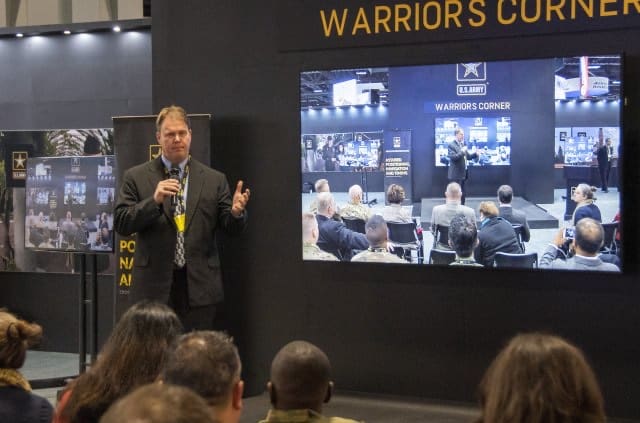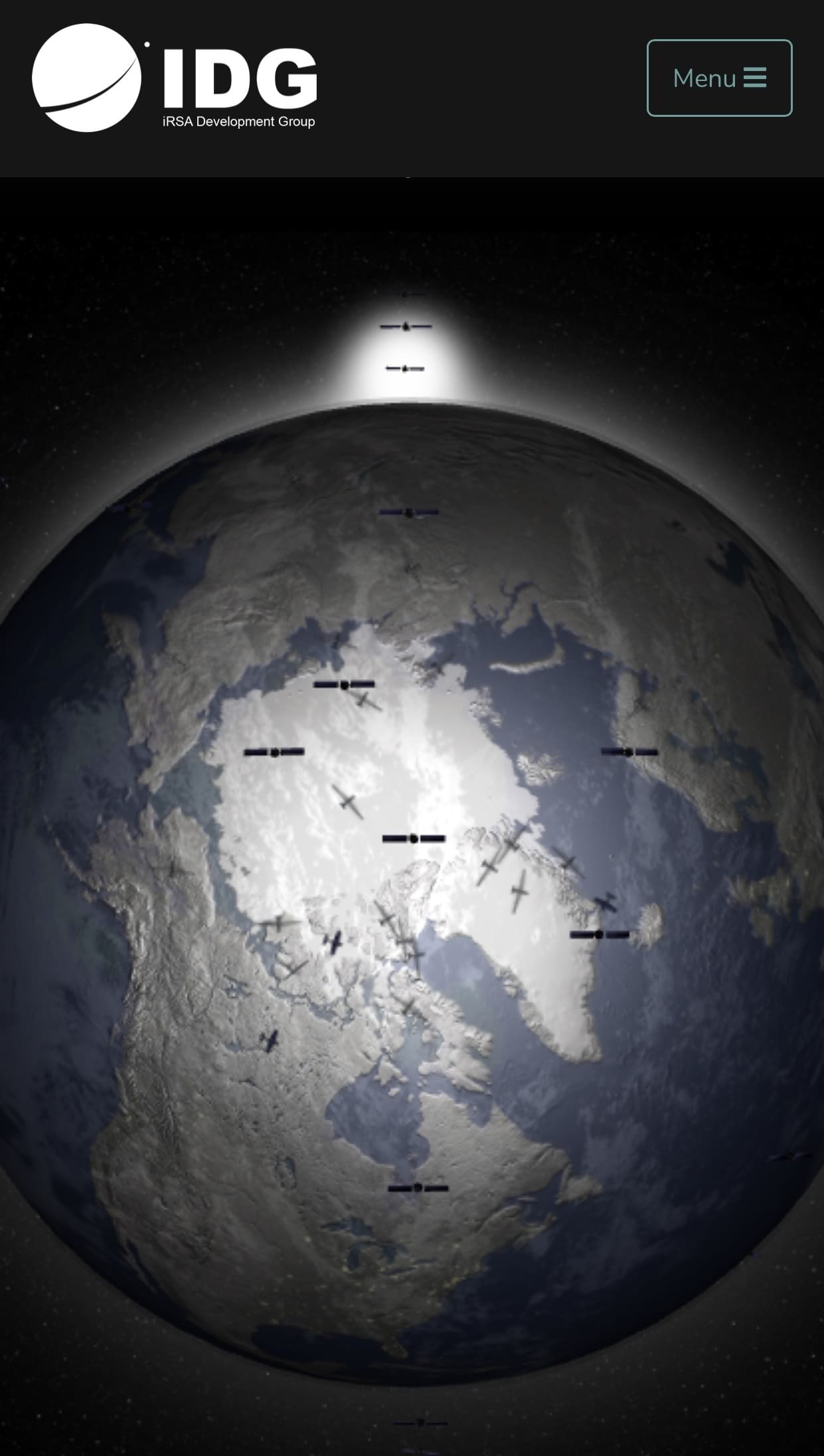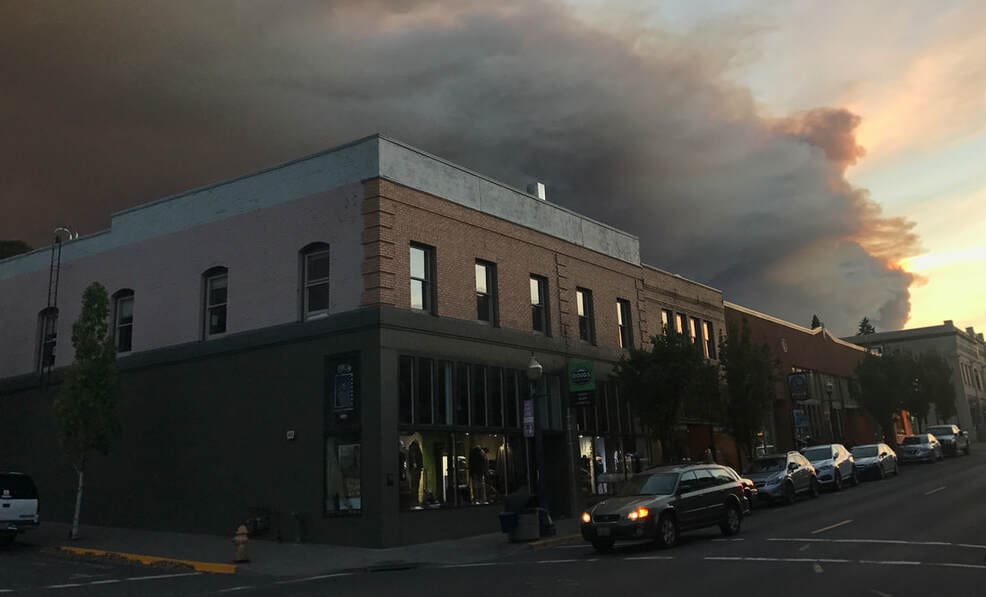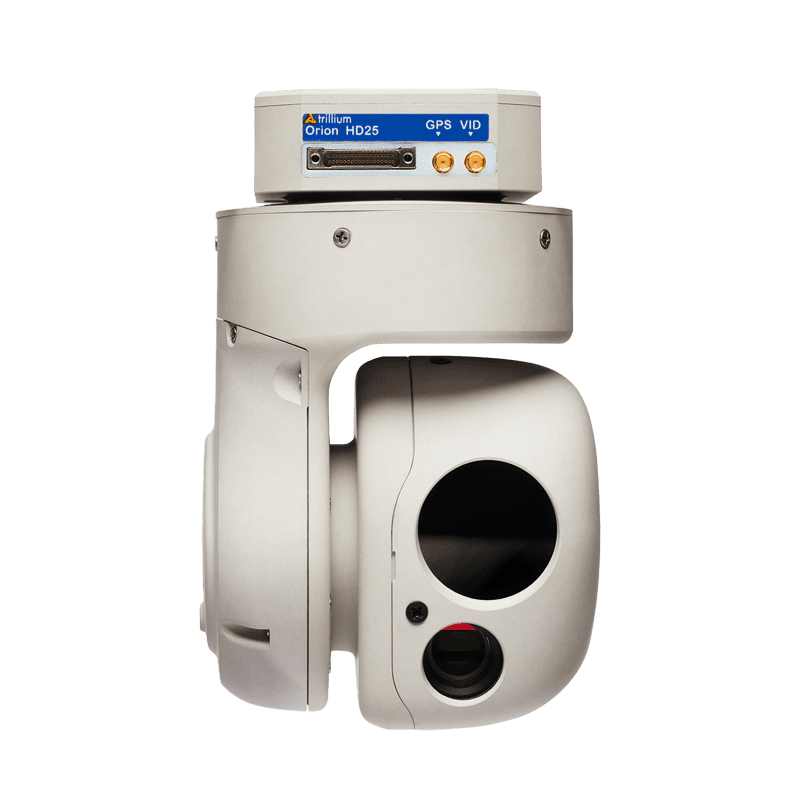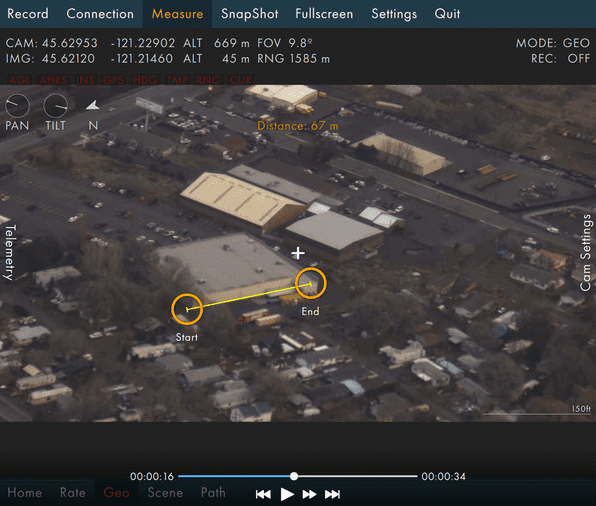SSD Reader and fellow AFSOC Veteran MSgt Steve Venski (USAF, Ret) sent us this write up of his recent visit to the Nellis Threat Training Facility, or as commonly known the “Petting Zoo” near Las Vegas. He thought other readers would be interested as well. We agree.
Deserts rarely give up their secrets willingly. And the deserts of Nevada are no exception. Outside of Las Vegas, off to the northwest, lies the Nevada National Security Site; euphemistically known as N2S2. Covering almost 1400 square miles of Nevada, there are legends and secrets galore. However, much closer to Sin City, is Nellis Air Force Base, home to U.S. Air Force Fighter Weapons School. The most widely known exercise, is RED FLAG. While the movie TOP GUN has received much press and movies made, the fact is, the U.S. Air Force (USAF) trains all branches of the service (except the Coast Guard; still haven’t figured out how to make those boats fly…) in what’s termed ACM; Air Combat Maneuvering, dogfighting. The airspace of RED FLAG, lies within what’s known as the Nevada Test and Training Range (NTTR); over 5,000 square miles of Nevada. Get your head around that one.
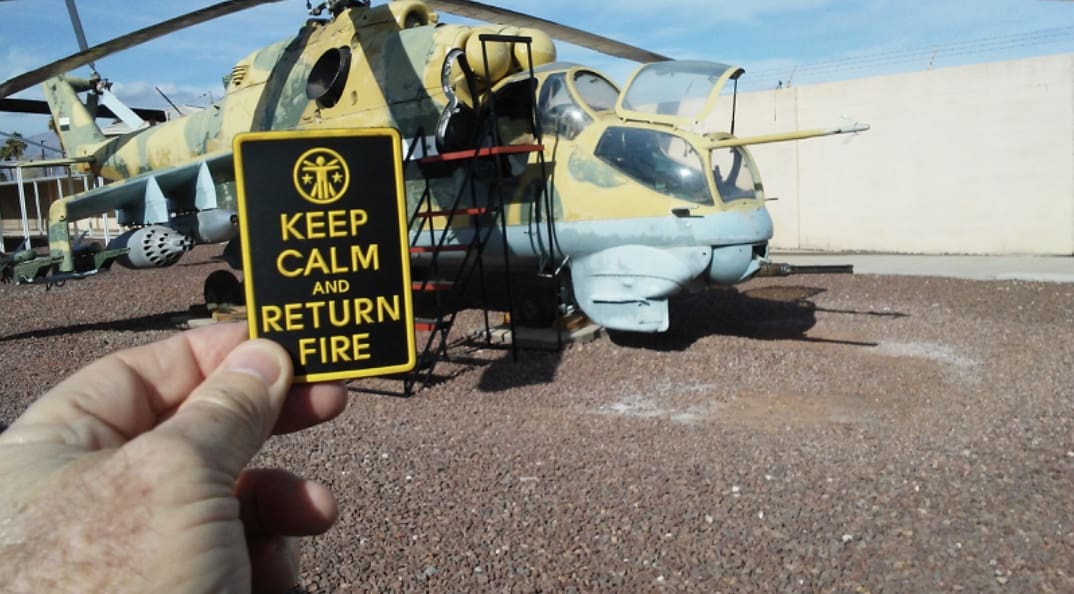
Towards that end, realistic training is essential. Our adversaries don’t fly the same gear we do. Over the decades, the U.S. has acquired (by hook or by crook), quite a few airframes of what the bad guys would be flying. There exists a formerly classified facility on Nellis Air Force Base, known as the Threat Training Facility. Many years ago, I visited this place, and it took a full-on security clearance to gain admission.
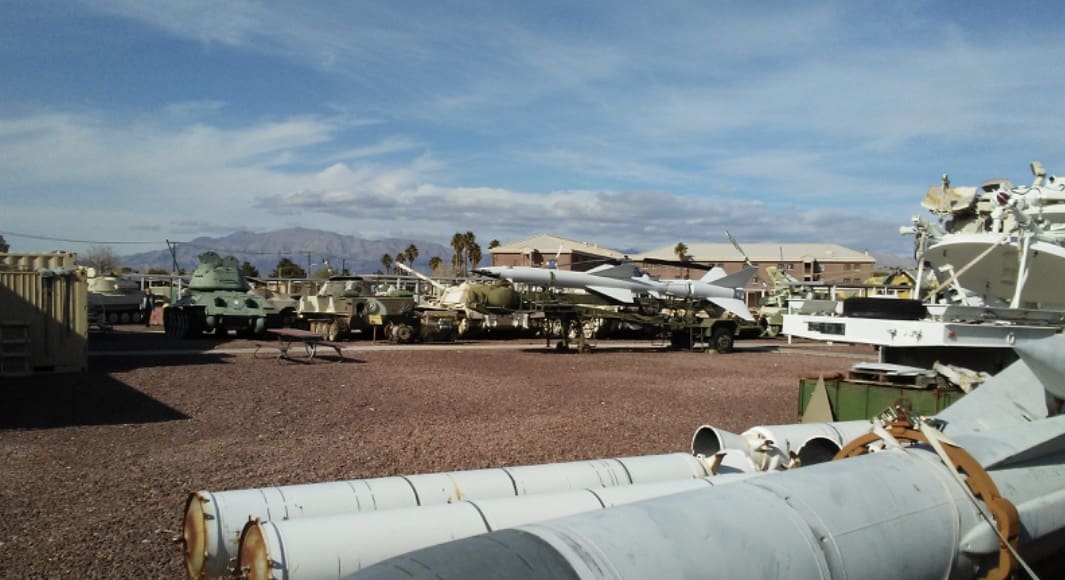
Fast-Forward 20 years….the proliferation of weapons by countries hostile to the U.S., has resulted in explosive growth of the TTF, and a re-thinking of who needs to know about these weapons systems, and why. The classification has come off of the Threat Training Facility, and access has been granted to almost all. Rumor has it, that all the ‘Alphabet Kids’ (The CIA, FBI, NGA, DIA, NSA, NRO), come thru the TTF, for not only hands-on inspection and recognition, but to learn how each piece of equipment works, and to understand its’ capabilities, so as to be able to use it, or to disable it, if necessary. That’s right folks, this is not just a museum where you just look at things, but you’re invited and encouraged to go give things a feel. Because of that, the facility has been given the name of ‘The Petting Zoo’. Seriously. I couldn’t make this stuff up.
-I mean, I could,…but I didn’t.
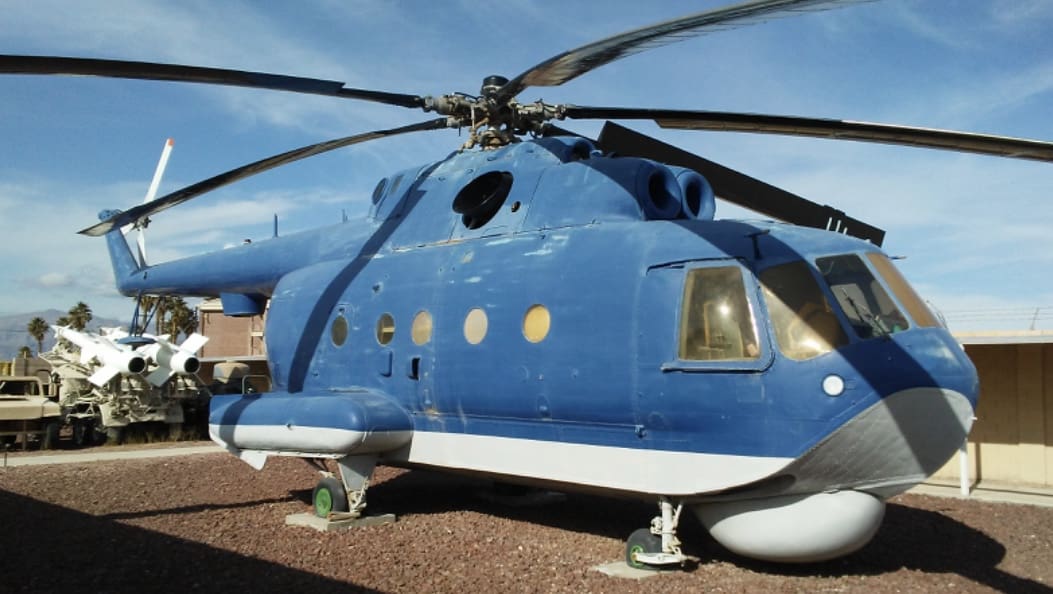
Once I heard about the ability to enter the ‘New & Improved’ Petting Zoo, I couldn’t wait. While in Las Vegas for SHOT, I made plans for my colleagues and me, to visit the ‘Zoo’.
Let me say this: It does NOT disappoint. The Cliffs-Notes are this: There is more shit in there, than a Corsicana Texas Fruitcake. All small arms and weapons from the former Soviet Union and Warsaw Pact relatives, are there. Additionally, there are crew-served weapons, and light and heavy artillery. Moving on, there’s armored personnel carriers and tanks. Since the aviators from all branches will be moving through what’s known as ‘Denied Territory’, there’s a very real possibility they will encounter Surface-to-Air Missiles (SAMs). For visual recognition, the Zoo delivers. All possible types of shoulder-fired missiles, and ground radar systems are present. Every type of Surface-to-Air radar-guided missile system is also there.
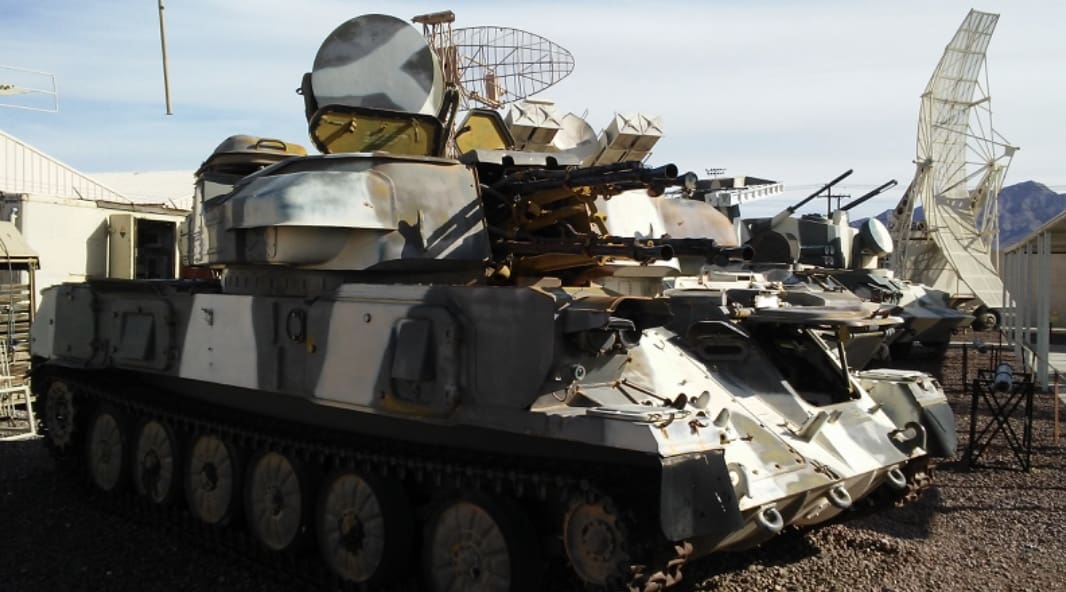
Holy Hannah, does it get any better than this? -Oh yeah. Like the man on the commercial said, “But Wait! There’s MORE!” Fixed- wing aircraft, from a MIG-15, all the way up to a MIG-29! Rotary-wing aircraft, include not only the smaller utility helicopters, but the big, honkin’ HIND-24 Russian Attack Helicopter. In Texas parlance, It’s a big sonafabitch. I can imagine it struck fear into the hearts of the Afghan tribesmen when those huge things came roaring over the mountains. -Right up until the time the mujahedeen got their hands, on U.S. Stinger missiles…. Gotta love technology.
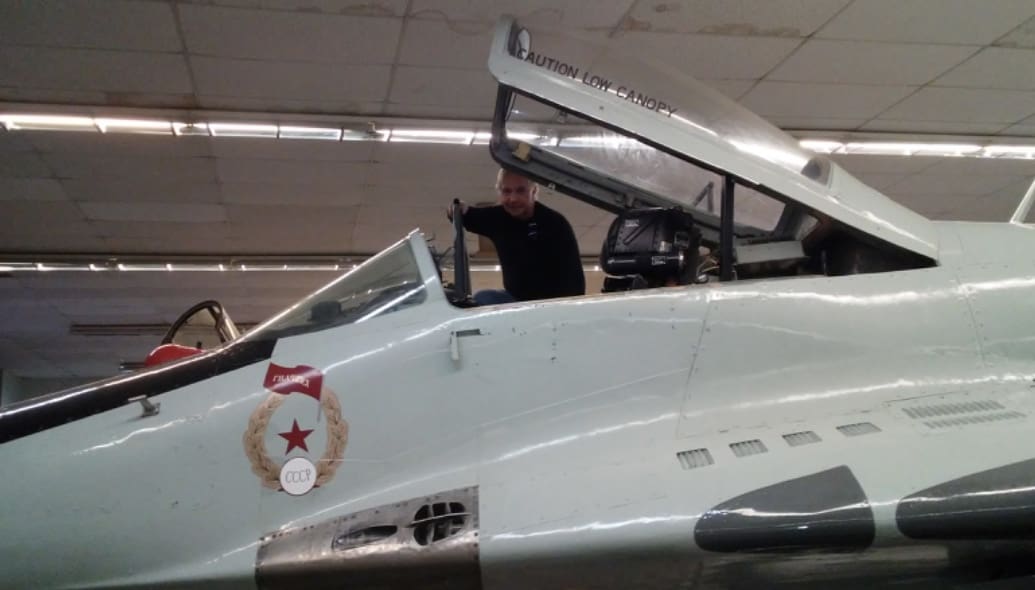
As a former member of Air Force Special Operations, I knew ‘The Back-Story being the Real Story’, and I had to ask where all these artifacts had come from. Some of the articles were ‘gifted’ from defectors, as part of their ‘Desperately Seeking Asylum’ deal. Others came from our allies, as they swept thru their adversary’s armies and air forces. Some of them were what’s known as ‘Battlefield Pick-Up’; sorta like Pick-Up Sticks, only with weapons and stuff. -And others were rumored to be outright stolen by some of the ‘Alphabet Kids’, in their missions to acquire the bad guys goodies. Looking out in the five-plus acre lot that just houses the larger aircraft and missiles, I couldn’t help but wonder what stories these things could tell, if they could talk.
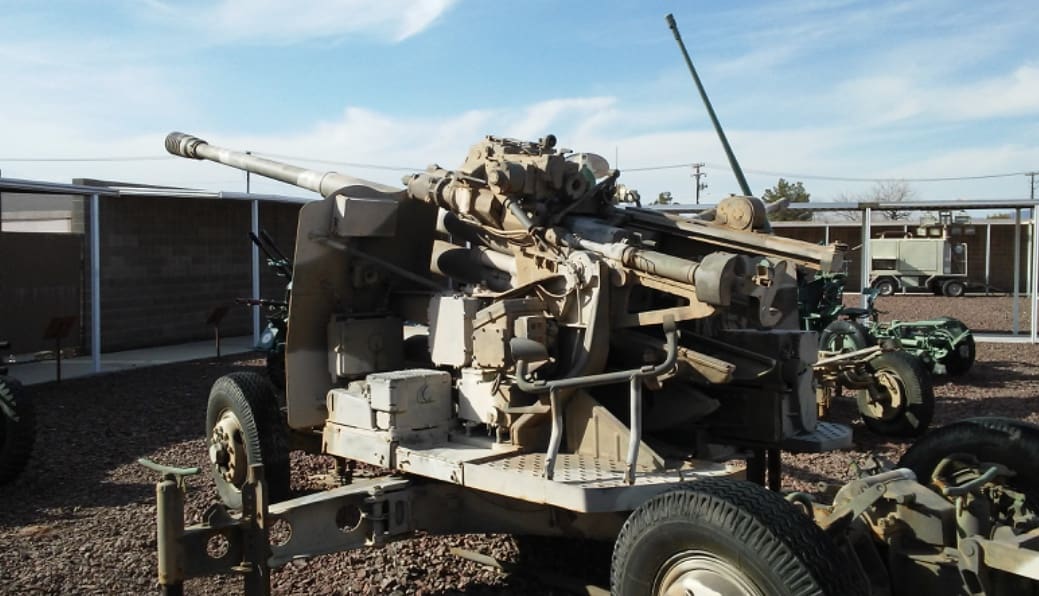
Finally, in closing, I will offer this: I have been told there is a base out in the ‘upper reaches’ of the Nevada Test Range, where MIG-21s, 23s, and 29s reside, and are flown by U.S. Aggressor squadron pilots, to train our U.S. military pilots, on tactics and capabilities.
Lies? Cock-and-Bull story? Like the poster says: “The Truth Is Out There.’
-But since you can’t get there, I urge you to go visit ‘The Petting Zoo’, at Nellis AFB.
V,
SENDS
About the author:
MSgt Steve Venski spent 20 years in the United States Air Force, working in the Avionic Sensors career field.
The Avionic Sensors career field, began the early years of what is now called ISR; Intelligence, Surveillance, and Reconnaissance.
MSgt Venski’s ‘platform resume’ consists of F-4 PHANTOM aircraft, to include both photographic film and electronic reconnaissance. Additionally, laser-target designators, and strike systems.
No career could be complete without serving in Special Operations, of which MSgt Venski did two tours in Southeast Asia, with the AC-130 SPECTRE aircraft.
Upon being some of the last people out of Southeast Asia in 1975, he rotated back to Florida with the 1st Special Operations Wing, out of Hurlburt Field, and enjoyed touring the globe, and introducing bad guys everywhere, to the AC-130 SPECTRE Gunship.
He currently resides in Texas, with his wife and Low-Light Level attack kittens.
“The Meek May Inherit The Earth,
-But The BOLD Shall Command The Skies.”


